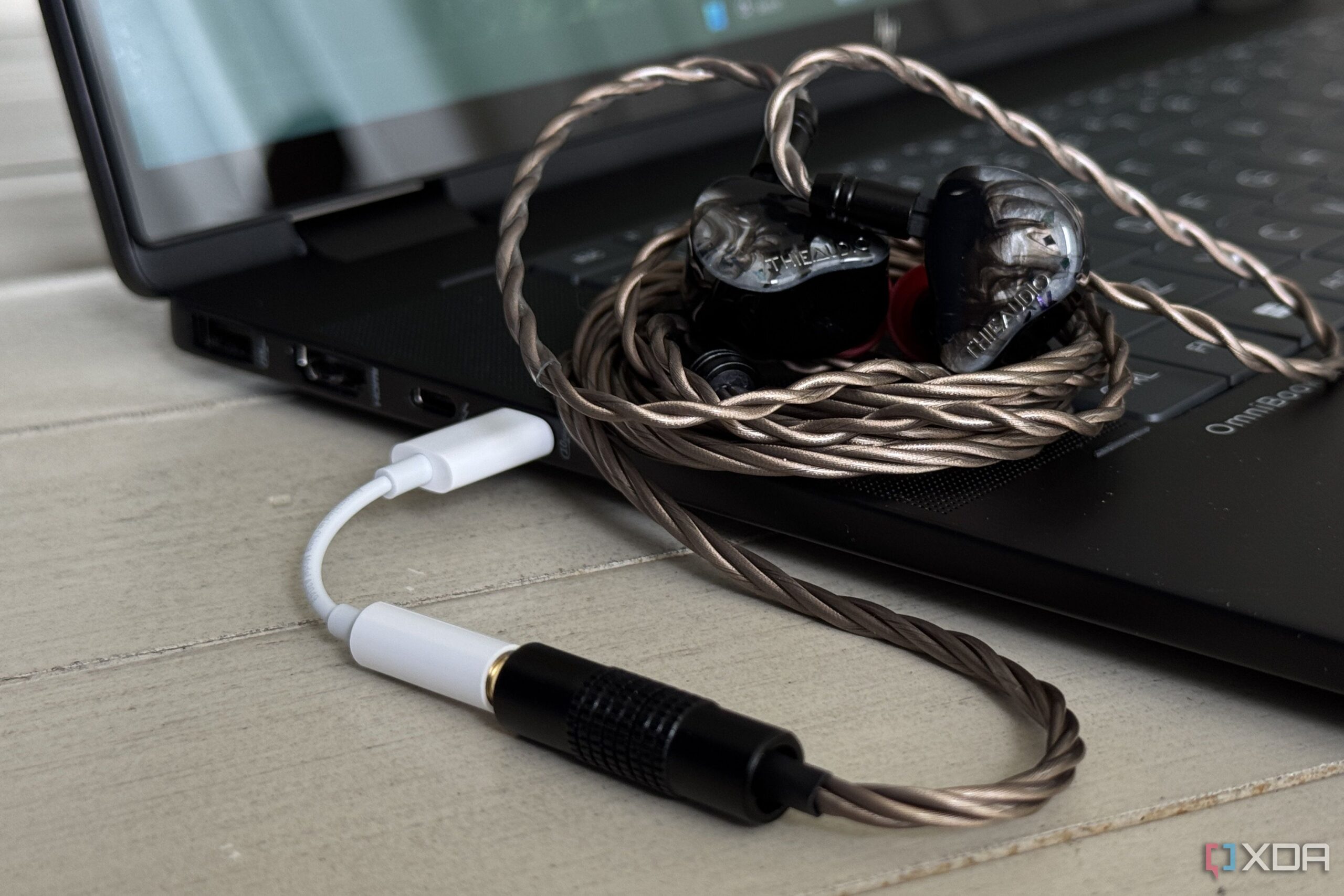UPDATE: USB-C dock manufacturers are facing mounting criticism for neglecting a crucial feature: audio quality. In a tech landscape where high-fidelity sound is vital for many users, the current standard of audio output in USB-C docks simply does not meet expectations.
Many users rely on USB-C docks to enhance their laptop or mini PC’s connectivity options, allowing for the connection of multiple devices without sacrificing performance. However, as of October 2023, reports indicate that the audio capabilities of these docks are often treated as an afterthought, leading to widespread frustration among consumers.
The demand for high-quality wired audio remains strong among various user groups, including gamers, music producers, and audiophiles. These individuals recognize the advantages of wired connections, such as lower latency and superior sound quality. Yet, most USB-C docks only offer a basic 3.5mm headphone jack, often delivering subpar audio quality that fails to satisfy discerning users.
Industry experts highlight that the core issue stems from electromagnetic interference (EMI) generated within USB-C docks. With high-speed data transmission and power delivery circuits all vying for space, the lack of proper isolation leads to audible hiss and static in the audio signal. As one tech analyst noted, “If they include a port, they should ensure it delivers quality sound.”
The rise of affordable Digital-to-Analog Converters (DACs) has made it clear that integrating quality audio components into USB-C docks is both feasible and economically viable. High-quality DACs are now available at prices as low as $10 to $15, demonstrating that clean audio circuitry is achievable without inflating costs.
In a recent survey, 72% of respondents expressed dissatisfaction with the audio quality of their USB-C docks, emphasizing the need for manufacturers to prioritize audio engineering. Many industry insiders believe that consumers would willingly pay a premium for docks that promise studio-tier audio output, making this a lucrative market opportunity.
As competition in the tech industry heats up, brands are urged to rethink their approach to audio in USB-C docks. The expectation for high-quality audio output has not diminished, and failure to address this need could result in lost sales and frustrated customers.
Moving forward, experts recommend that manufacturers invest in quality components and isolate audio circuitry to minimize interference. This shift could not only improve user experience but also set a new standard in the USB-C dock market.
With the demand for superior audio quality remaining strong, the message is clear: it’s time for USB-C dock manufacturers to step up their game. Consumers are watching, and the industry must respond to this urgent call for change.







